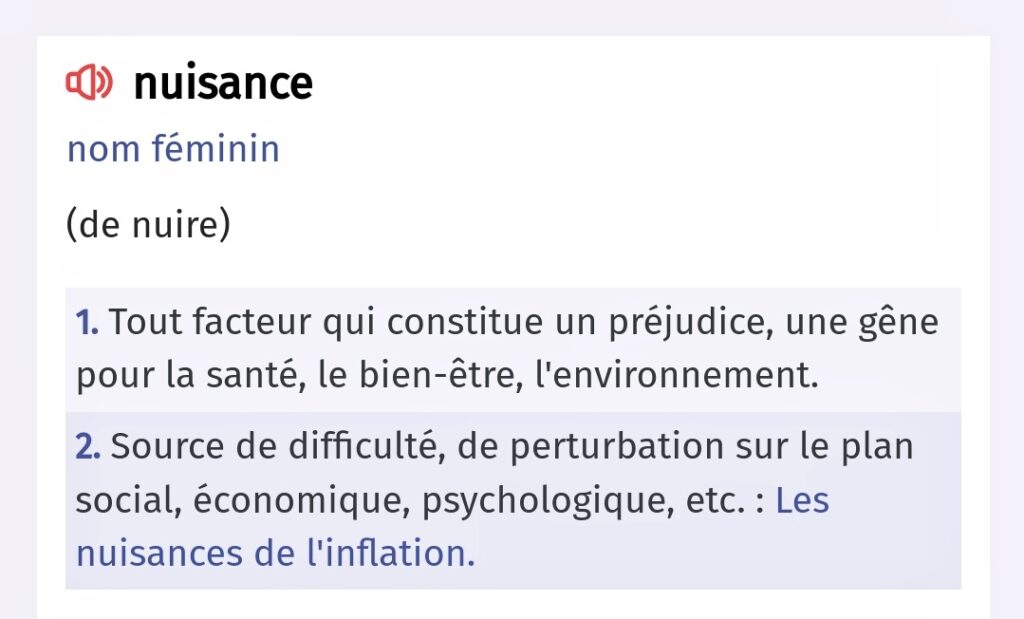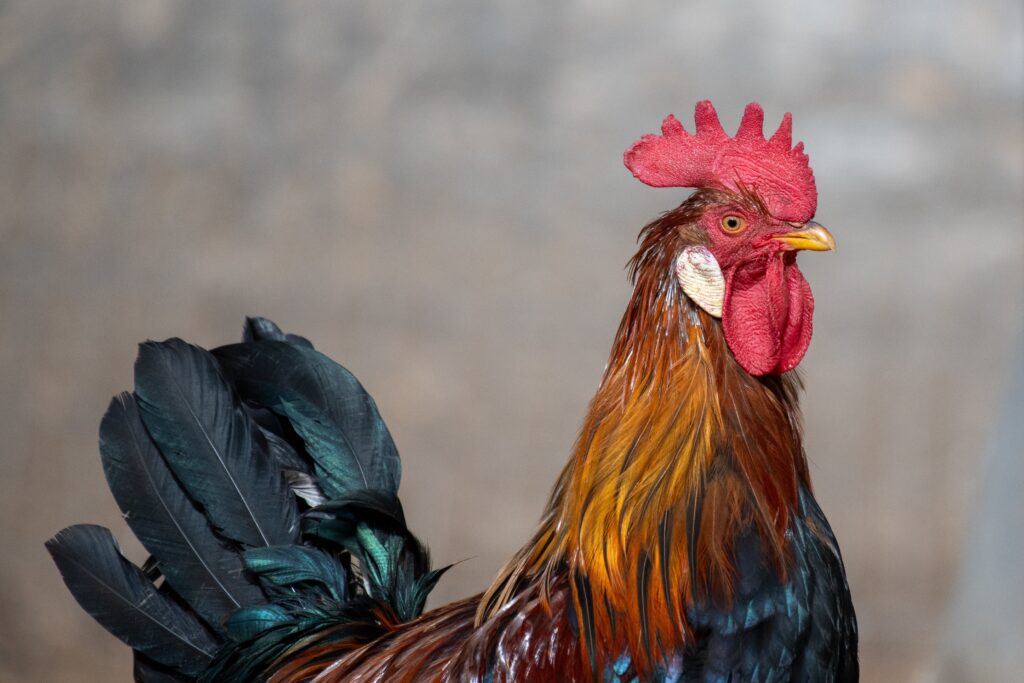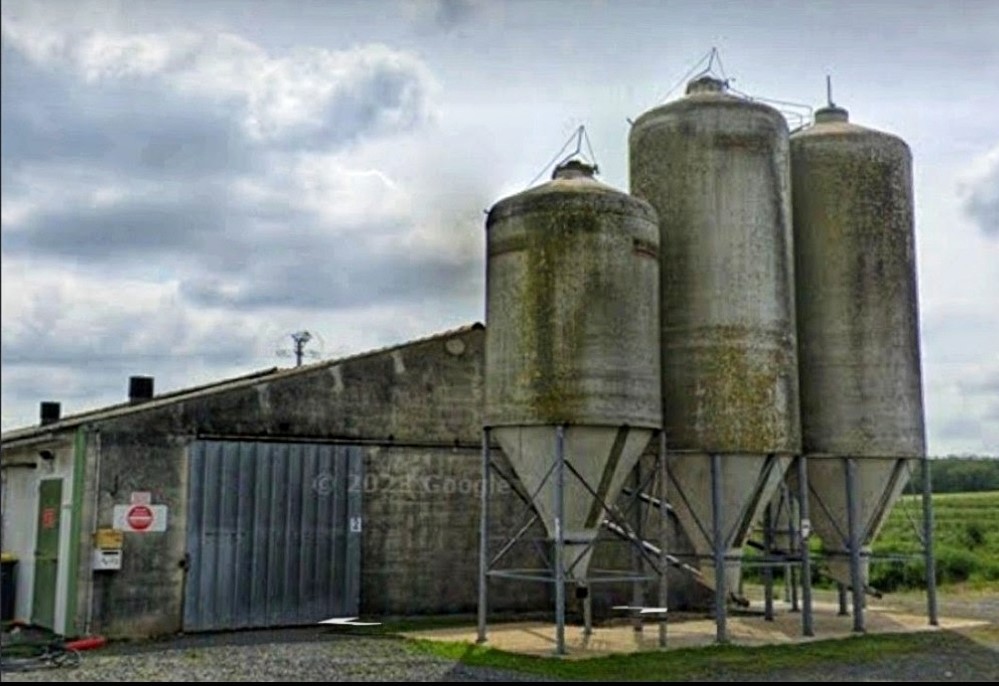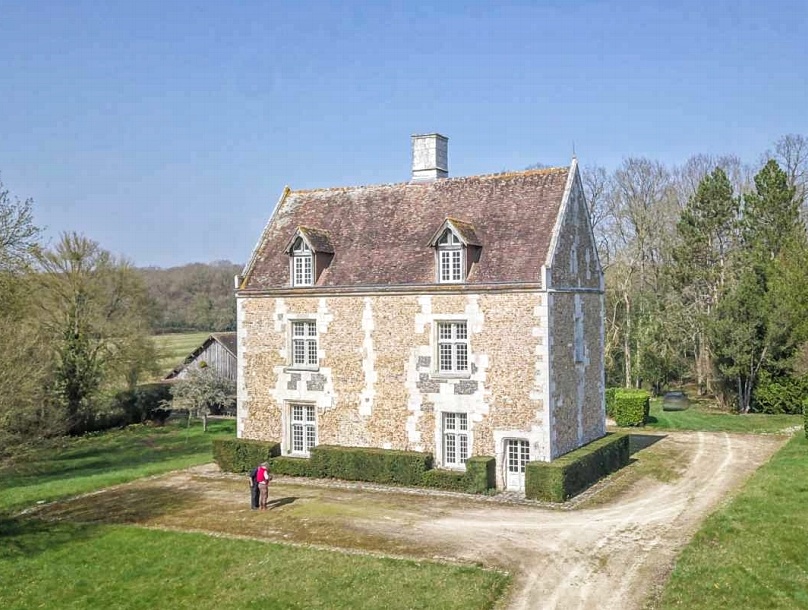Ahhh, the infinite joys of French. The irregular verbs! The exceptions to every règle! The rarely used (but aptly named) imperfect subjunctive! And, as Anne explored here in August, the veritable feast of words that strike native English speakers as vague, contradictory or downright untranslatable.
Happily, there are also a few words that prove identical in both languages: same spelling, same meaning, slightly different pronunciation.
Take the French noun nuisance (pronounced nwee-zohnce) which, as in English, conveys the meaning of an annoyance, a disturbance, something inconvenient and potentially troublesome.

Larousse
Americans may remember, and our French neighbors still discuss, the most famous nuisance case brought before a court here in decades.
Maurice the Rooster lived on Oléron, a coastal island between Bordeaux and La Rochelle that the mayor in 2017 described as proudly rural. The island’s boisterous cock was joyful, vocal and largely ignored until a couple newly at home next door took exception to his crowing and dragged his owner into court, demanding that Maurice get the heck out of town—or at least out of earshot.
In 2019 a court in Rochefort ruled for the rooster. “The Victory of Maurice the Rooster is a win for rural life in France,” crowed France 24. Nuisance? Non! Nature, oui.

Photo: Andrew Patrick
After two years of house hunting in northern France (about which more later) the word nuisance has taken on greater significance for my husband and me. In the world of French real estate it seems nuisances are everywhere—in every form, size, shape and smell imaginable.
Take the gorgeous manoir we found near Lencloître, a pleasant market town in the Vienne north of Poitiers. Beautiful property, an enormous barn crying out for restoration, stunning scenery and a single previously unmentioned nuisance: a turbine park consisting of seven 180-meter-tall (that’s almost 600 feet) wind turbines crowned by blinking red lights, about to be erected in the meadow next door. “There’s a chance it won’t be built,” the Realtor offered.

Photo: Pixabay
We moved on.
To a spectacular spread near the town of Richelieu. Twenty-five acres (many rented to a nearby farmer, providing a nice income stream), no possibility of visible turbines according to the secretary at the town hall, plus a spring, a pond, a Lacanche oven (sigh), and a guest house. Perfect!
So perfect we returned for a second visit. And the moment we stepped out of the car we were overwhelmed by a smell so noxious, so potent, that we fled back to the Citroën to catch our breath and seek the source. We found it one kilometer upwind: a sprawling pig farm festooned with signs screaming “Danger! No entry!”

Google Street View
No kidding.
In addition to raising pigs, the farm collected (and marinated) their natural byproducts in stainless steel vats for use on neighboring fields of wheat, rapeseed and rye. Nuisance doesn’t begin to describe the smell.
Several weeks (and more than a few steamy showers) later, we planned a trip north to Normandy, tempted by pictures of a stone farmhouse with lovely views of the surrounding fields, an appealingly modest price tag and a very communicative real estate agent. In fact, she called a few hours before our departure to warn us of “une petite nuisance juste à côté” (a small nuisance right next door.)
Turns out Brigitte Bardot, the erstwhile sex symbol and still-dedicated animal rights activist, had funded and constructed a canine refuge center on the neighboring lot. The noise, the agent admitted, was “brillante et constante.” No translation necessary. “Peut- être une nuisance?” she asked.
Indeed.

Photo: Patrice Besse
I had only one question before we canceled our visit: Who on God’s green earth had been living in the hand-hewn stone house next door while the hounds bayed and barked? A 90-year-old widow, we learned. A deaf 90-year-old widow–though not, the Realtor promised, because of the dogs.
After four years, 11 Realtors and 25 listings, we found a beautiful, 18th-century Angevine house built around a courtyard that we’ll call home beginning in January. It’s located at the edge of a historic city of about 3,500 residents where turbines cannot be built, the gardens are too small to require tractor loads of manure, and BB has not been seen on- or off-screen in years.
Our new neighbor does, however, have seven hens. A nuisance? Potentially. But not if he shares the eggs.
Feature image photo: Pascal Laurent
James Schwartz, a Washington Post colleague from many years back, went on to edit two Time Inc. shelter magazines as well as Preservation, the magazine of the National Trust, before becoming an award-winning restaurant critic for The Portland Press Herald. He lives in western France and Downeast Maine.

We had a rooster next door who, of course, crowed at all the wrong times. It was certainly not really that disagreeable. One morning the neighbor came racing over ( a very rustic fellow) and shouted ‘‘j’ai coupé la tête ‘complète with gesture, several times.
Apparently , he opened his window one night and heard the bird.
We look forward to hearing of your happily settling down in your new home! A long time to house hunt!